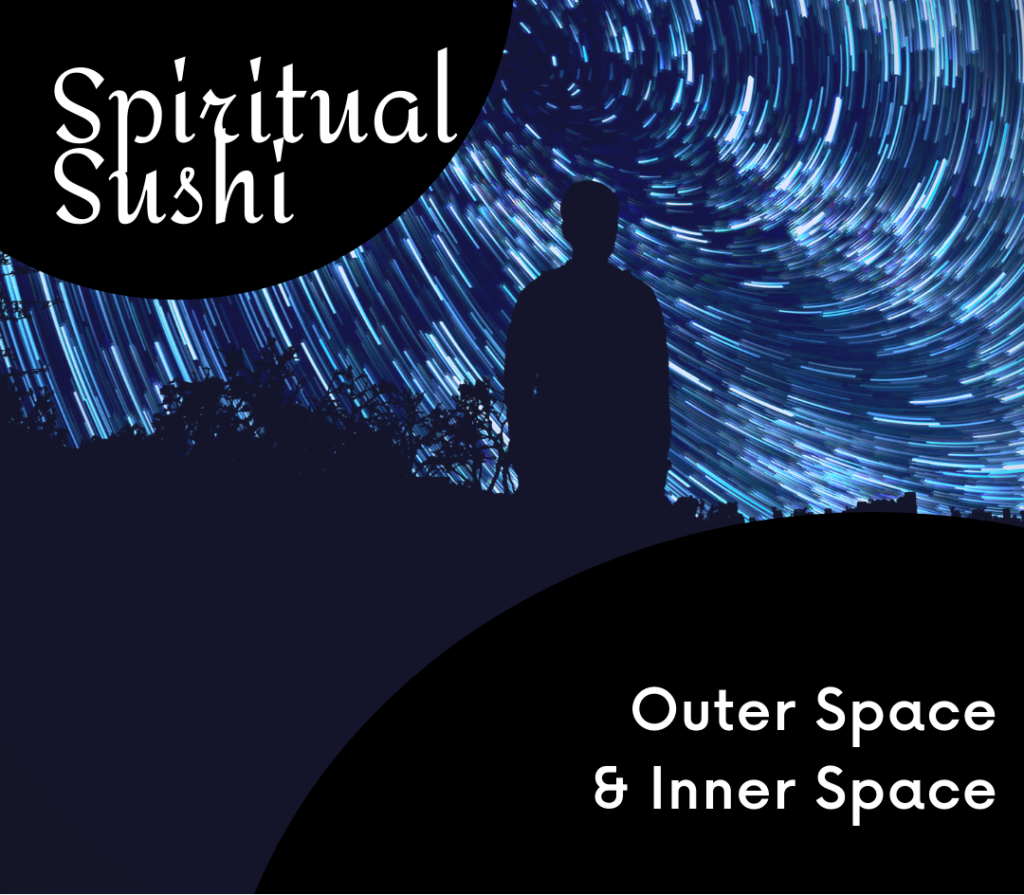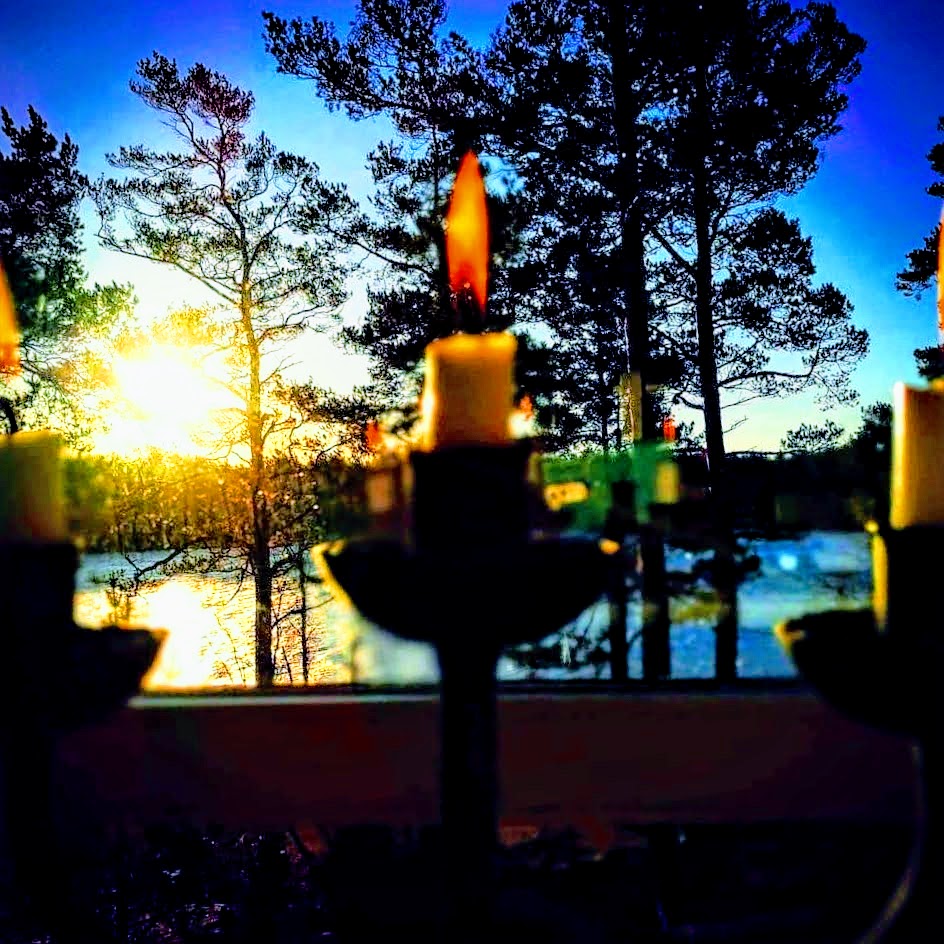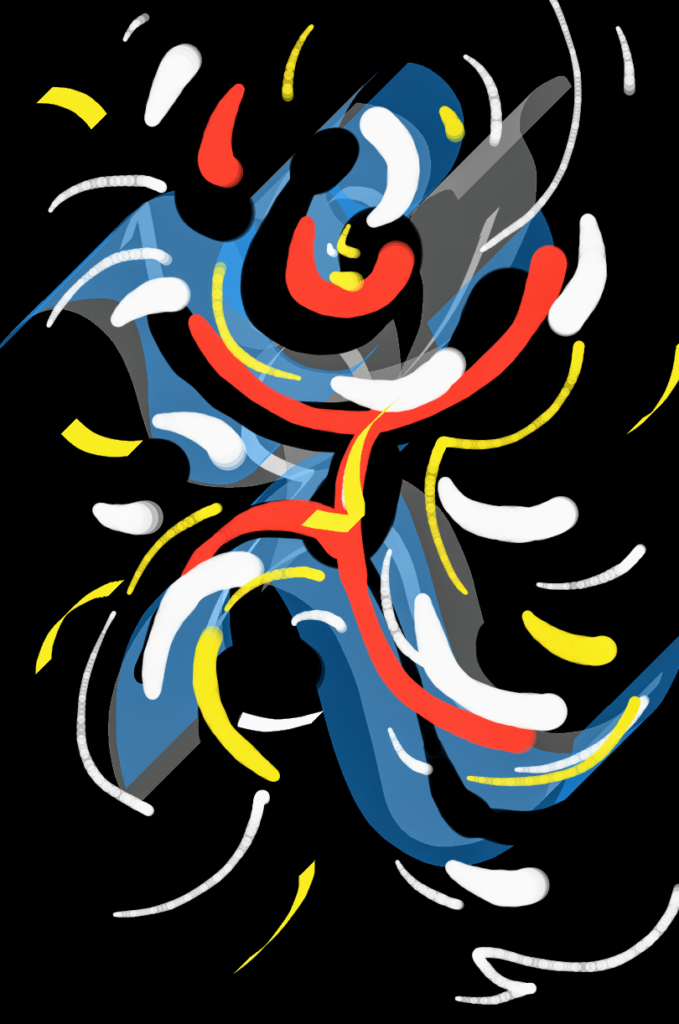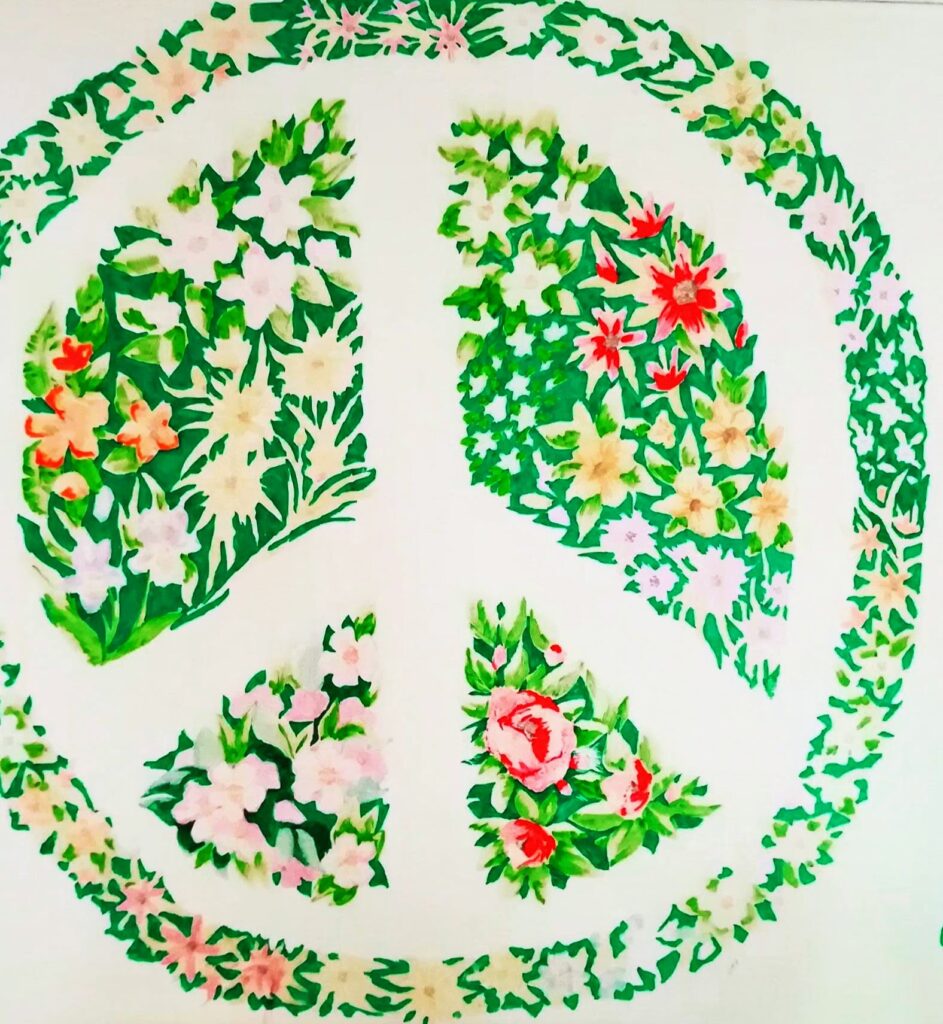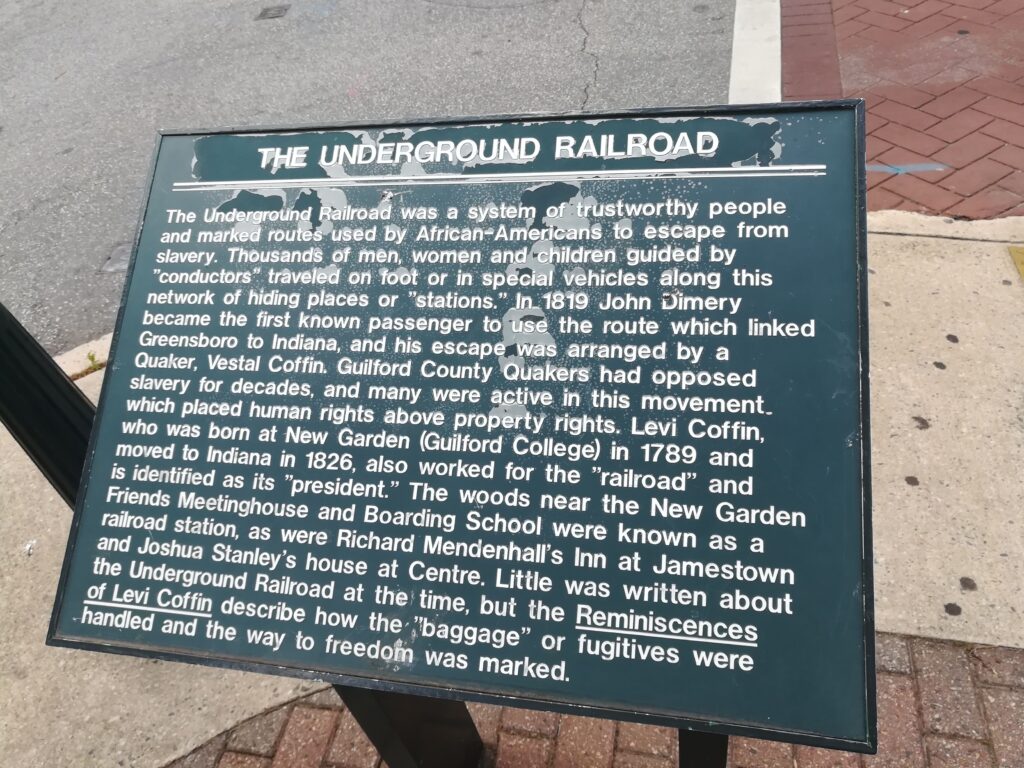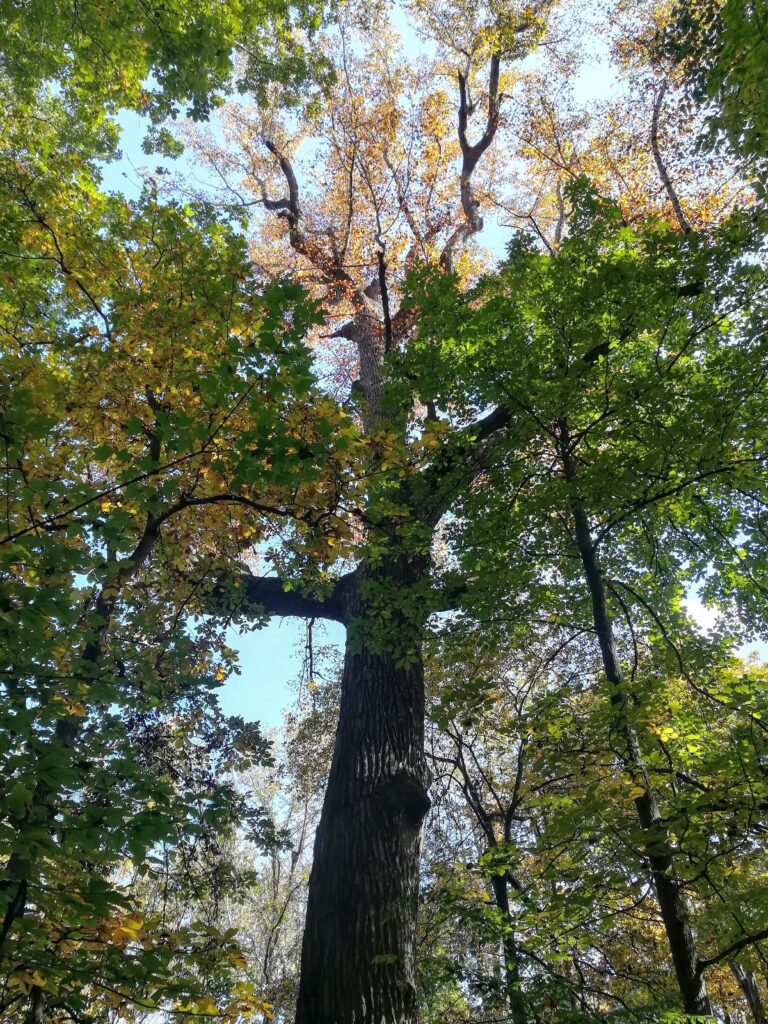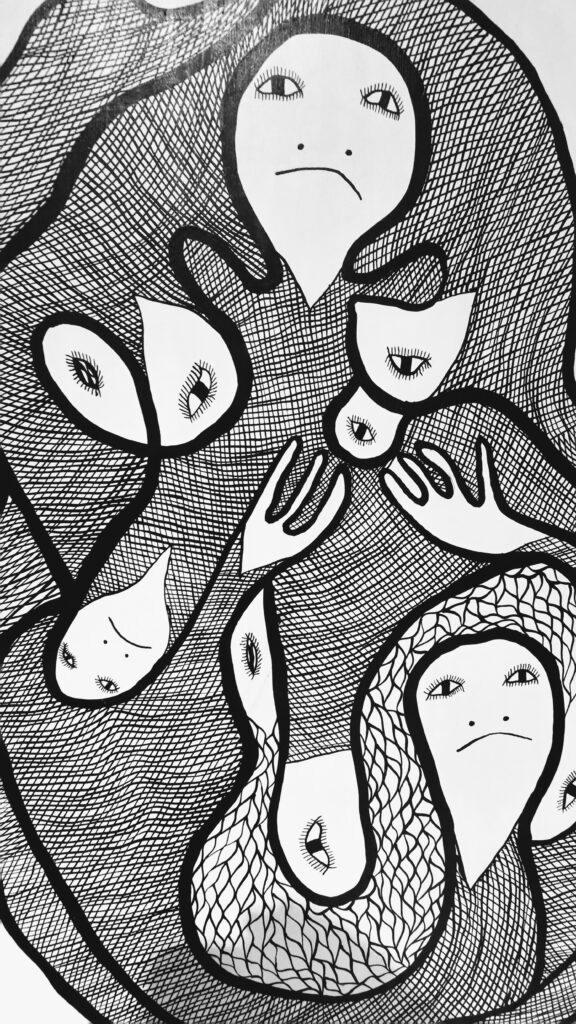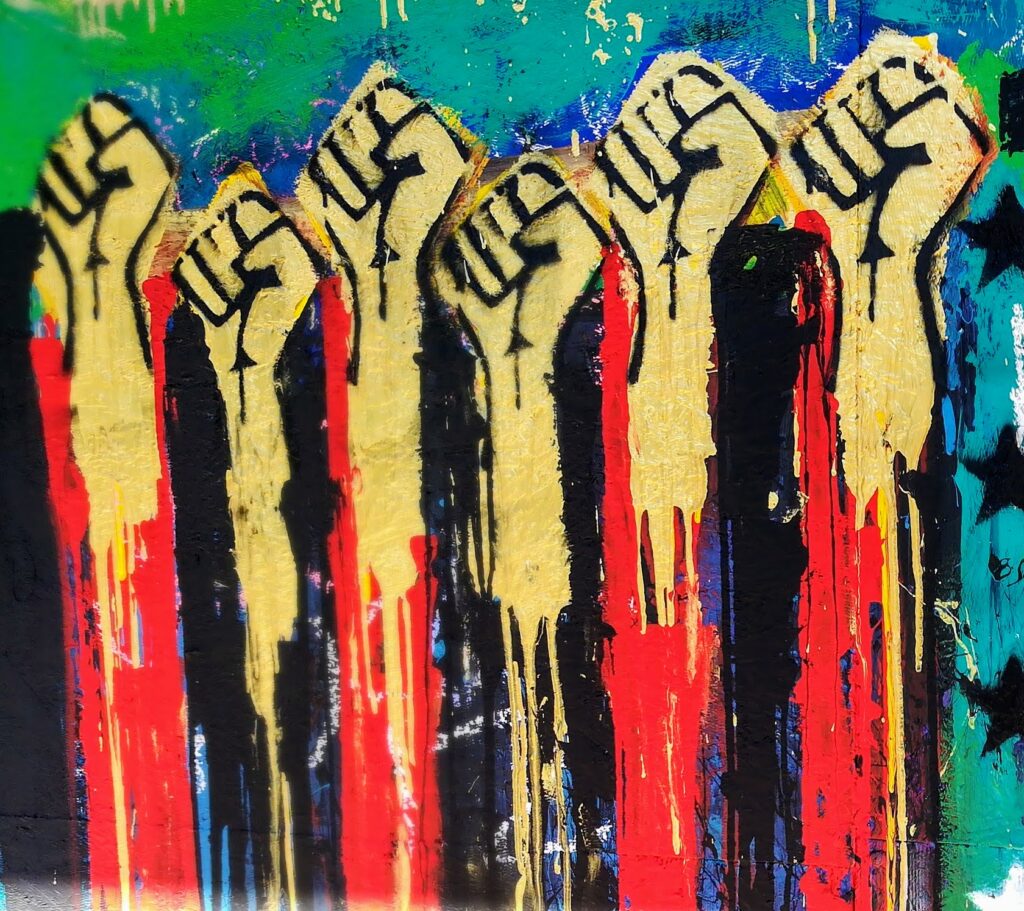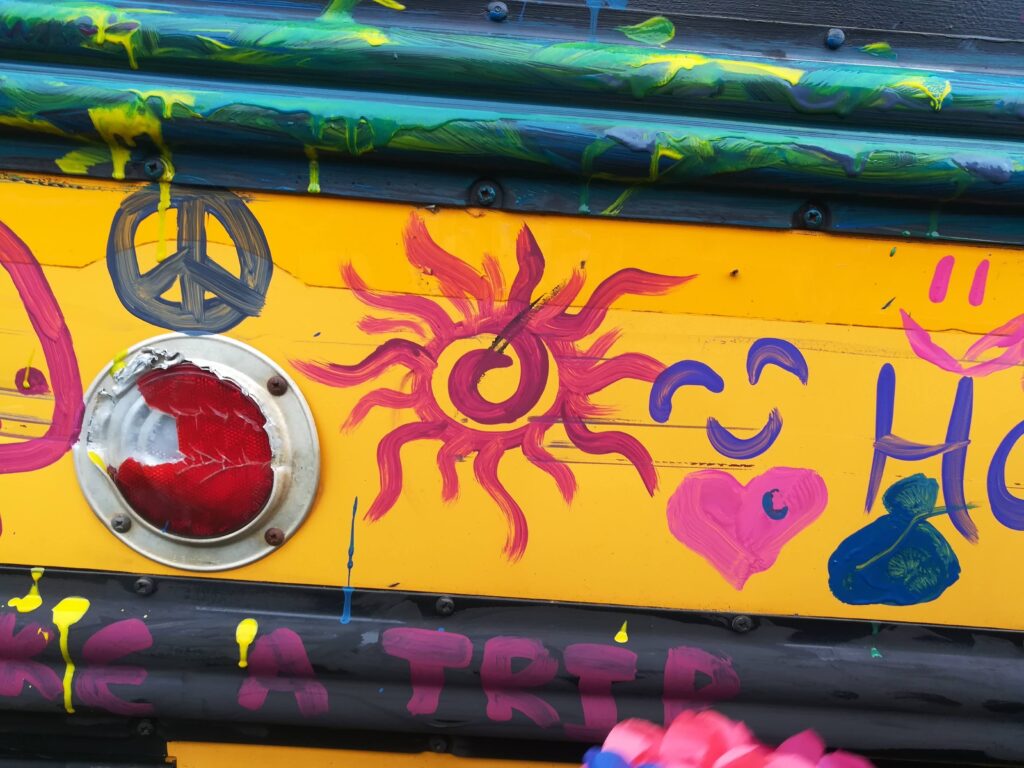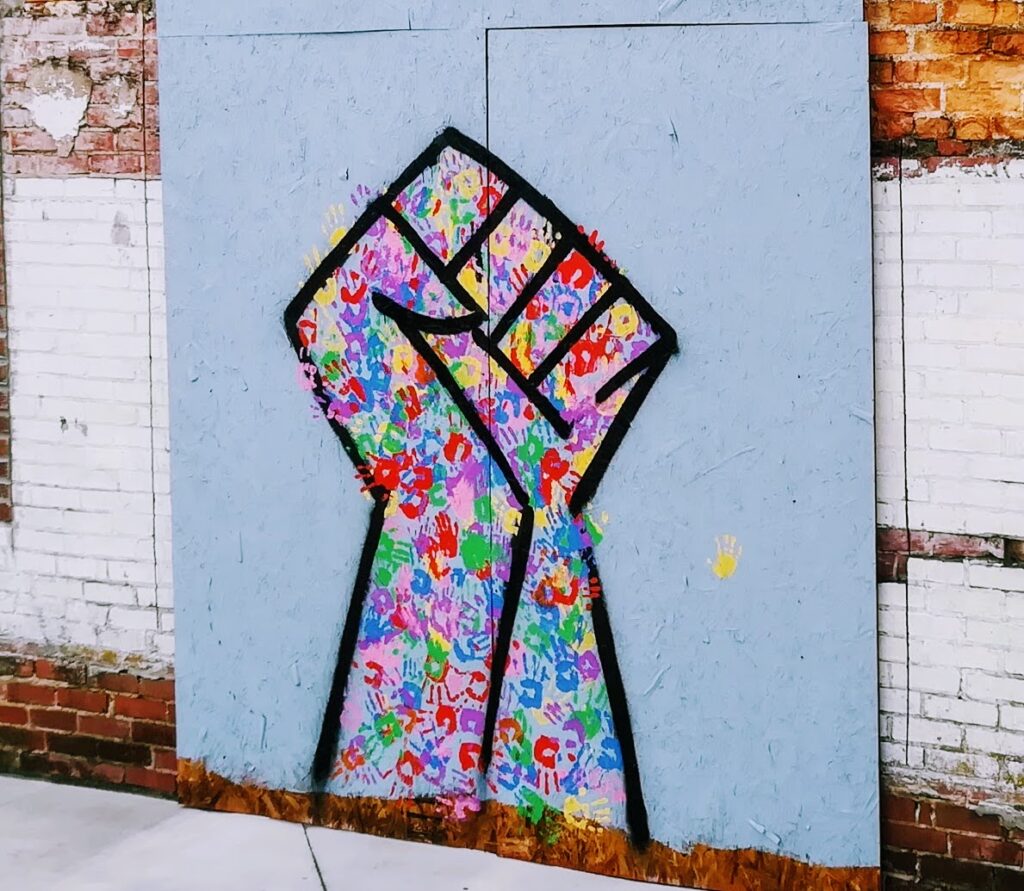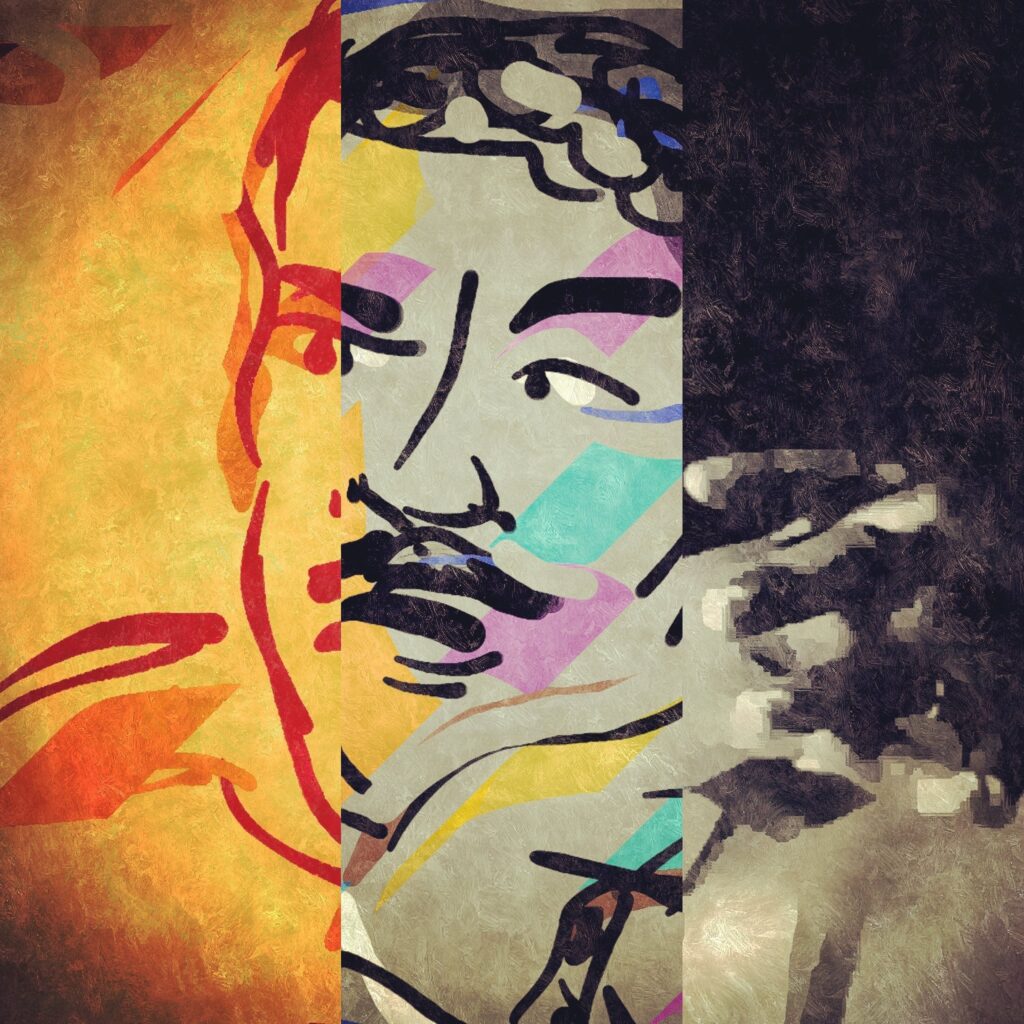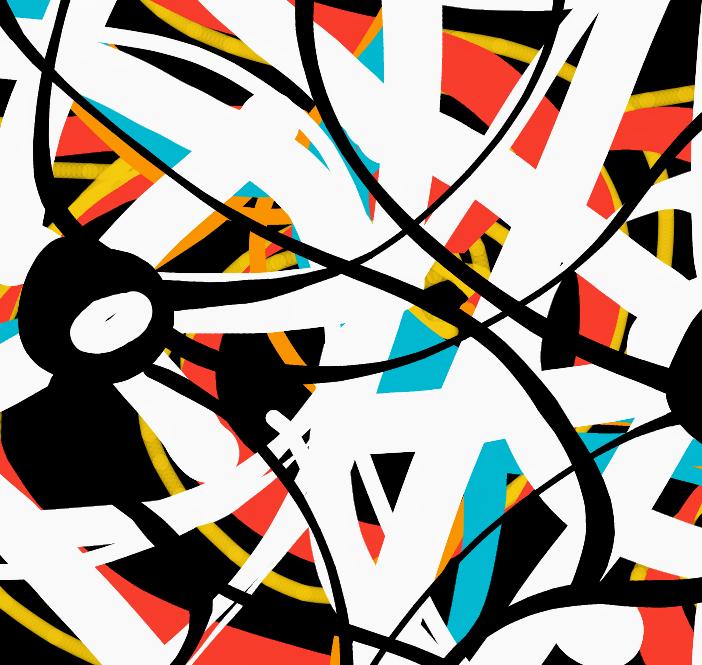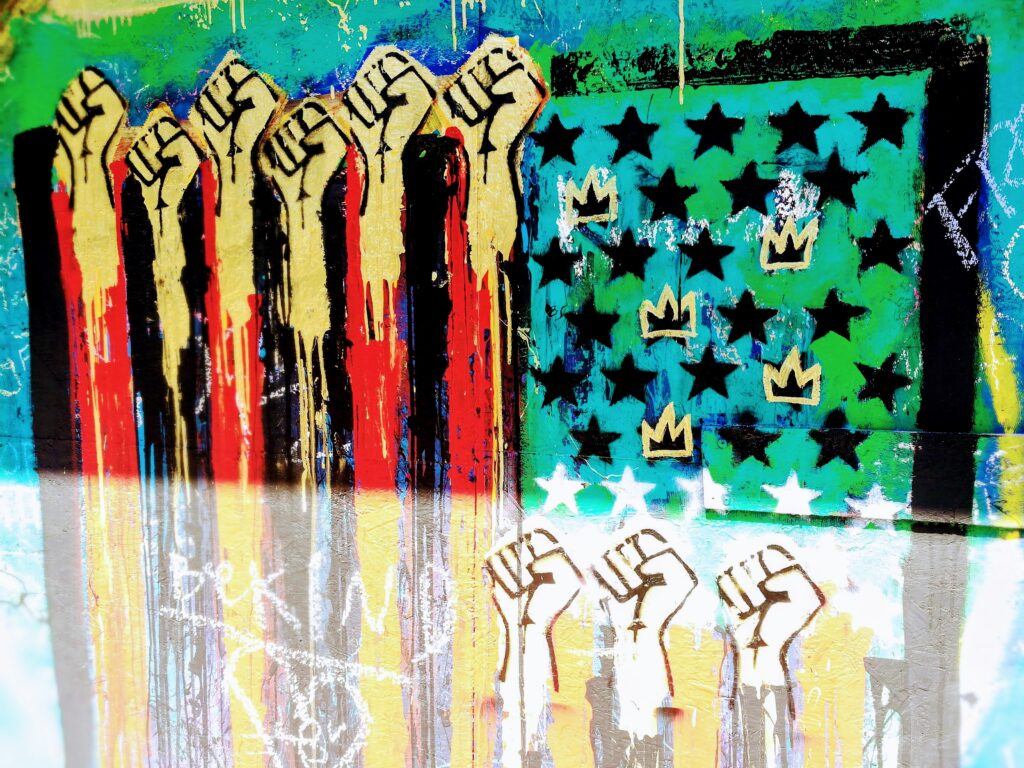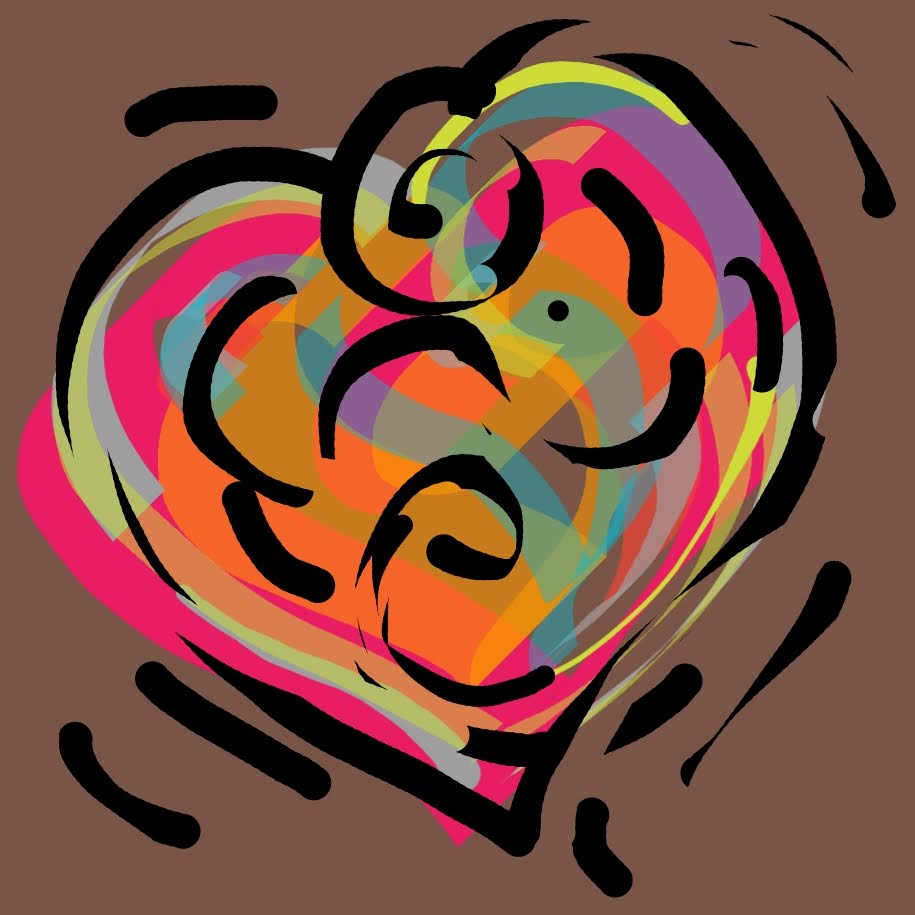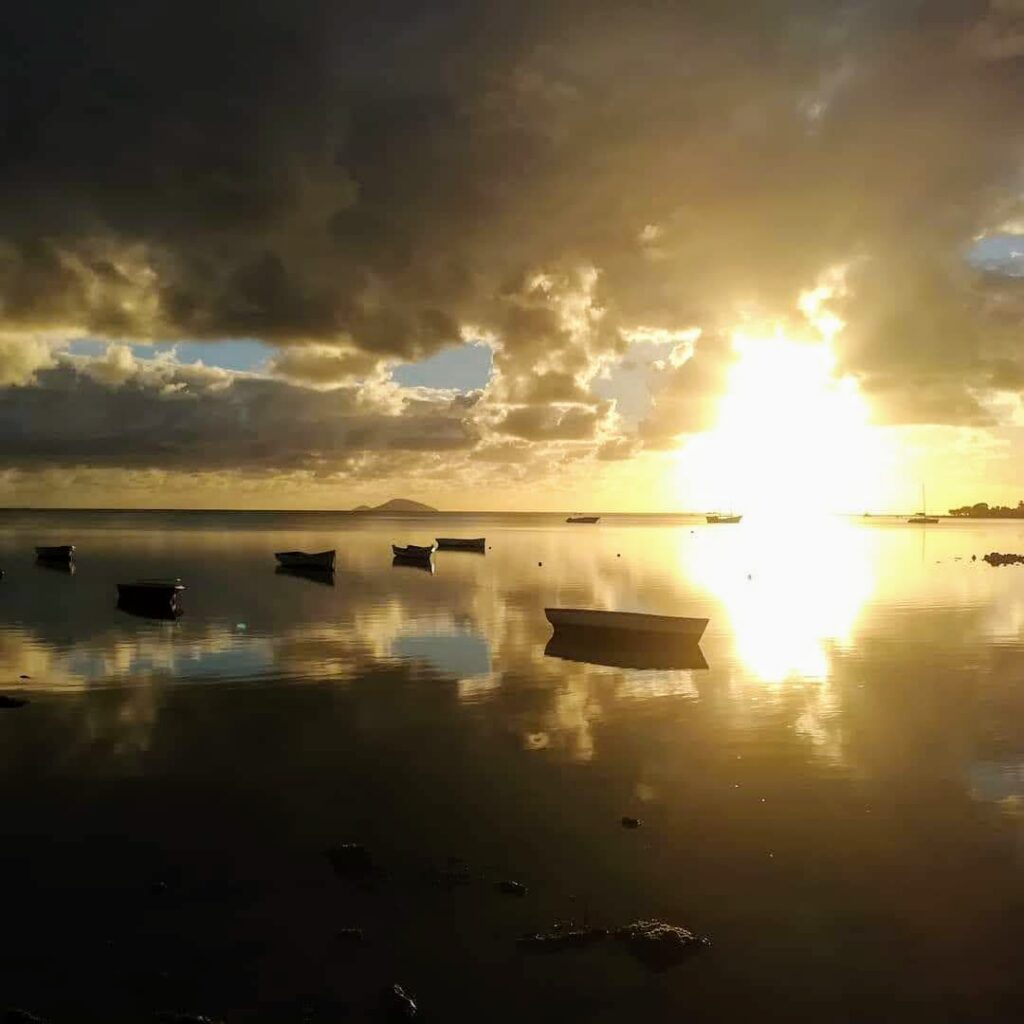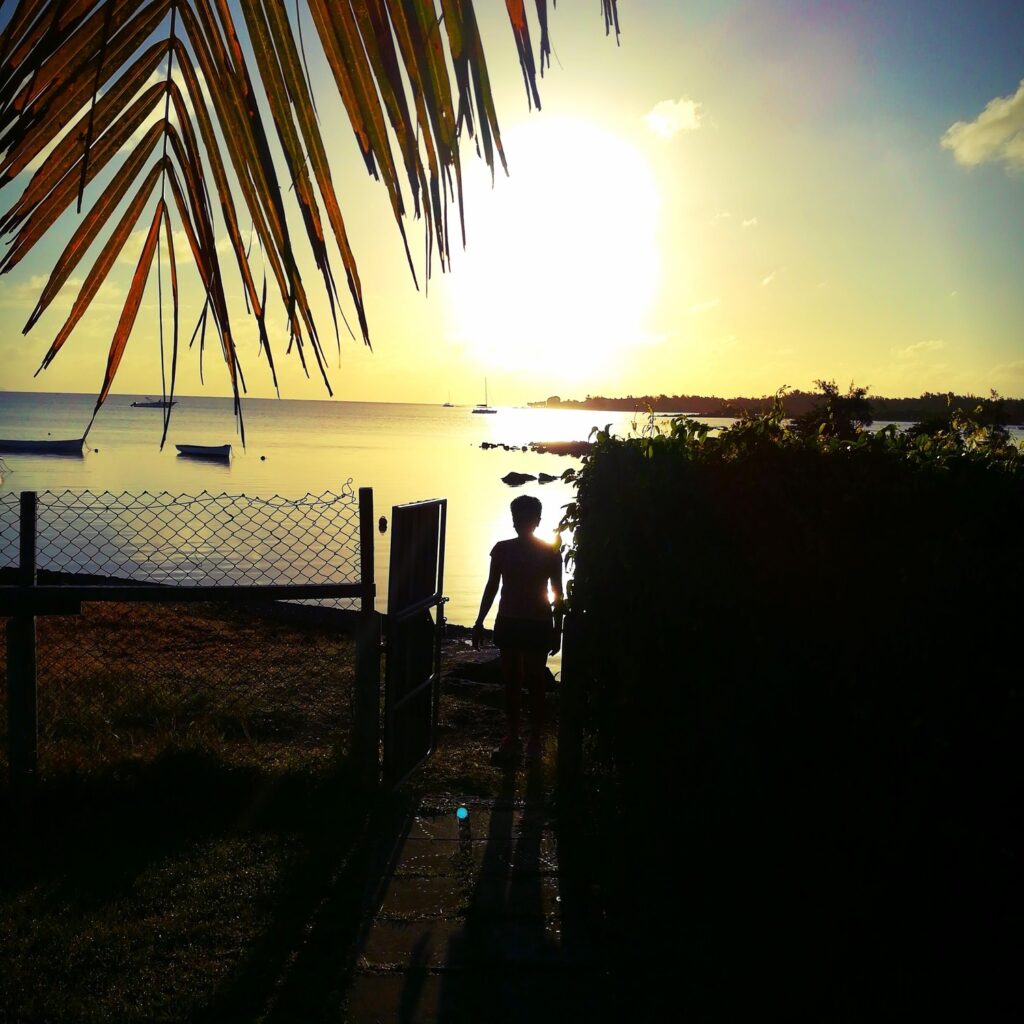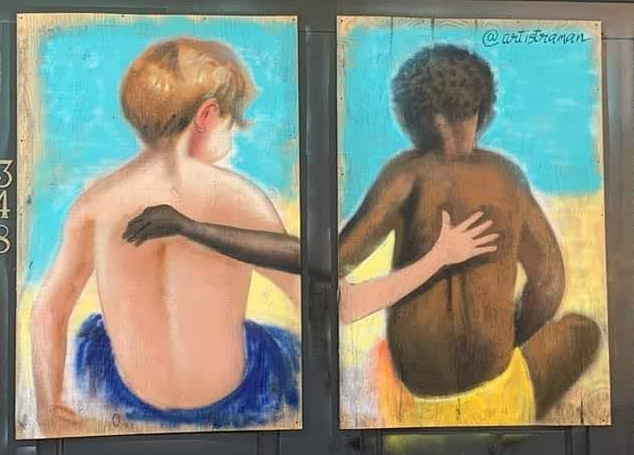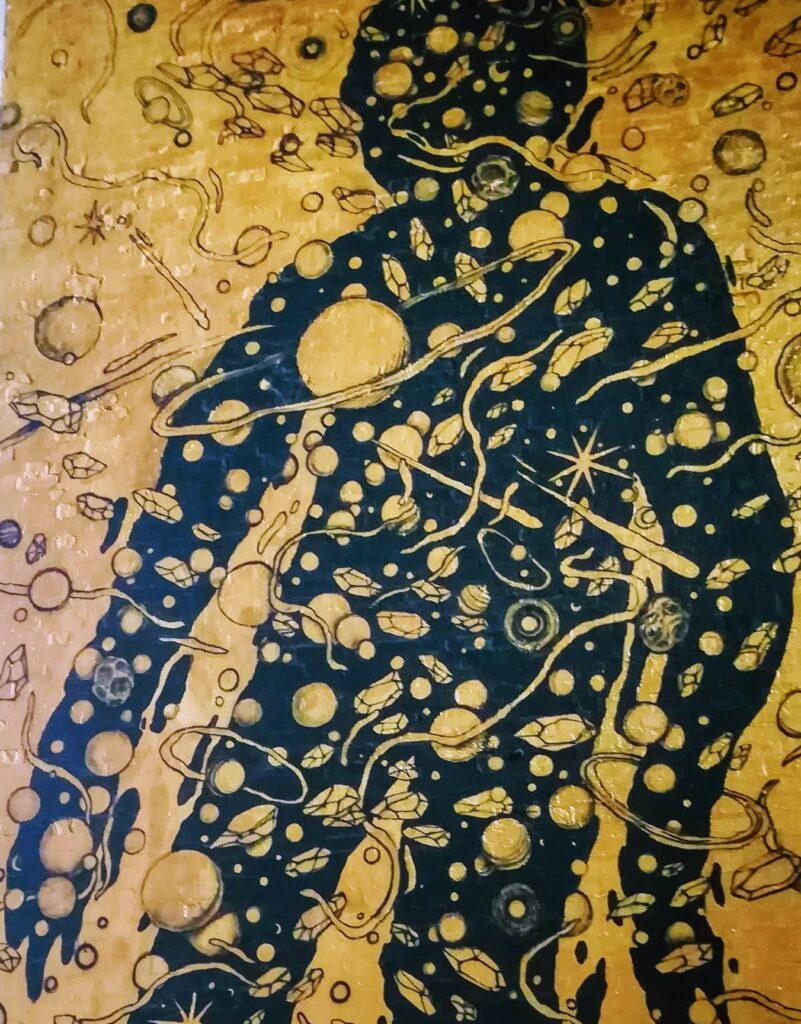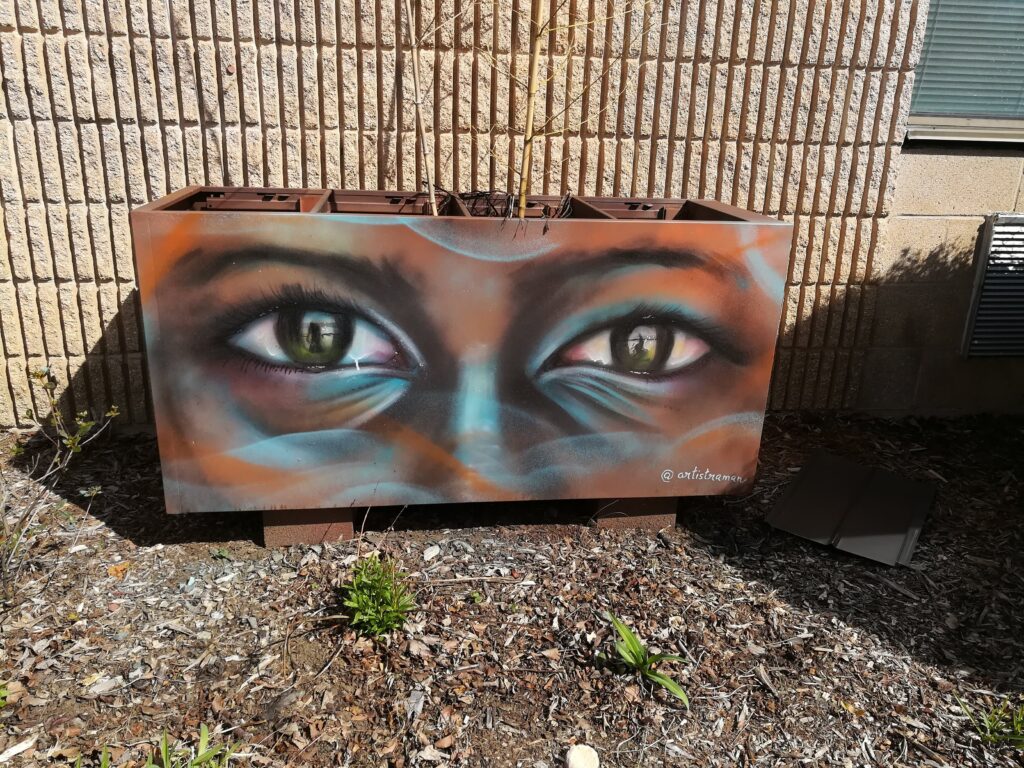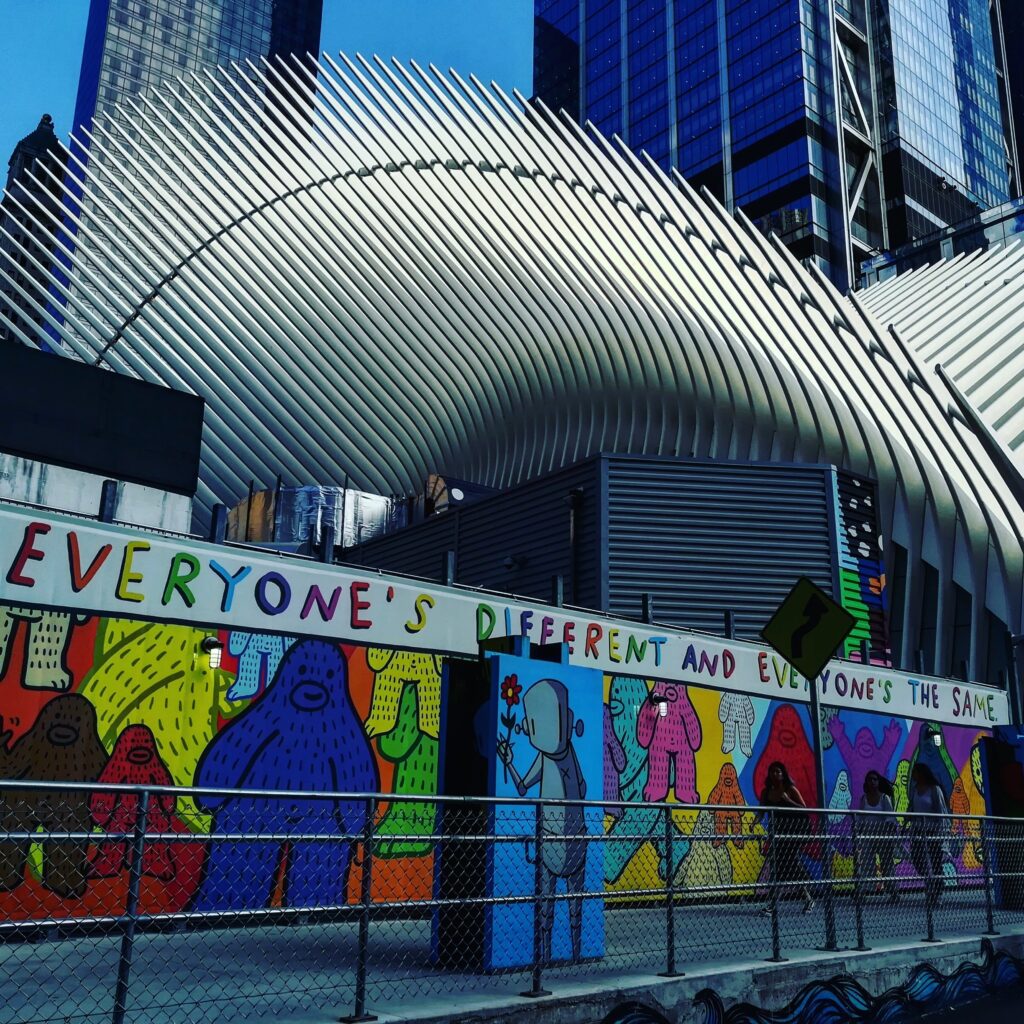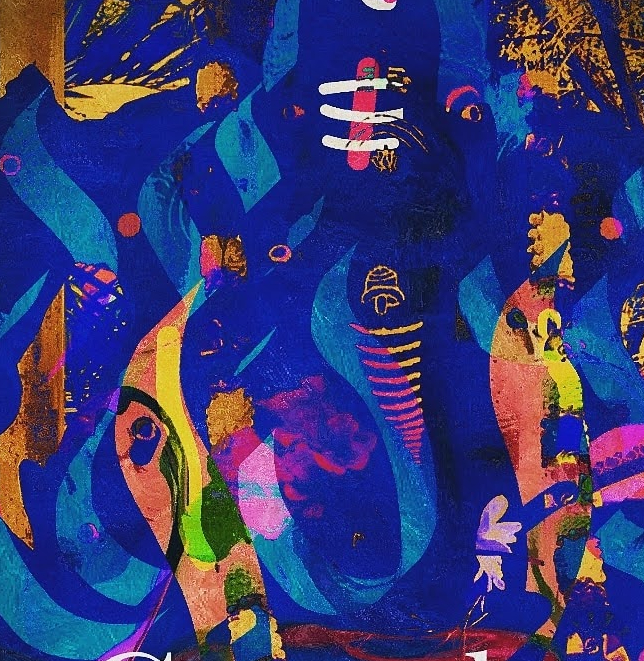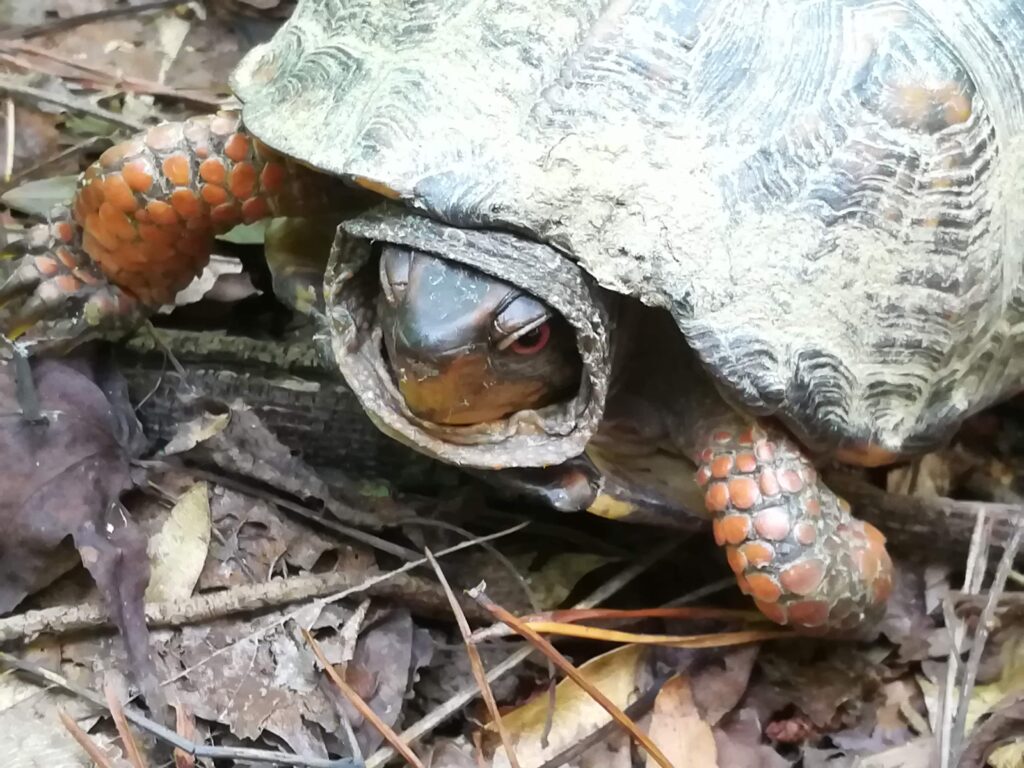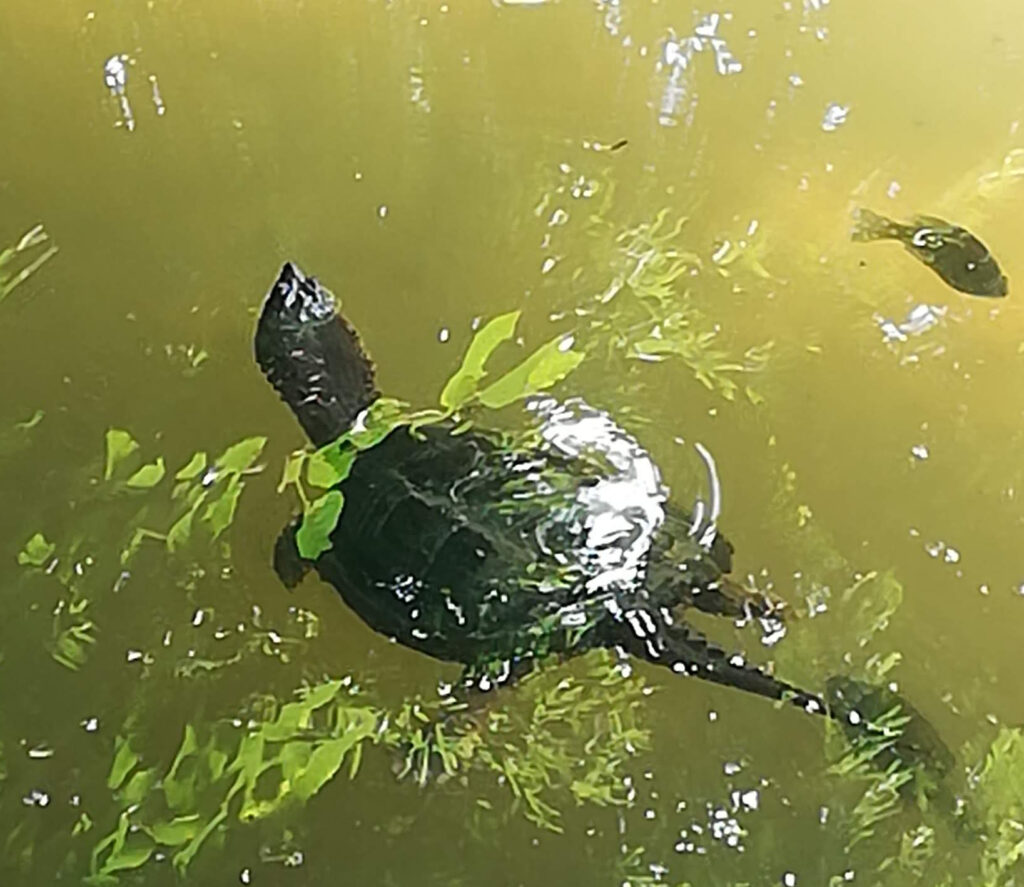![Amazon.com: The Best of Enemies [DVD] : Taraji P. Henson, Sam Rockwell, Babou Ceesay, Anne Heche, Wes Bentley, Nick Searcy, Bruce McGill, Robin Bissell, Danny Strong, Fred Bernstein, Matt Berenson, Robin Bissell,](https://m.media-amazon.com/images/I/71NmFd69wxL._SL1500_.jpg)
I watched a film named The Best of Enemies. It is based on a true story about a Black organizer facing off against a Klan leader over school integration in Durham, NC back in the 1970s. The film revolves around a mediation process that is to end in a vote to integrate the schools or not. The default stance of a few representatives who will cast a vote is not in doubt but there are a few swing votes each side aims to influence. The stakes are high for the Black community. The White school is well resourced. The Black school is not.
Ibram X Kendi points out that at the heart of racism are systemic inequalities. When these systems are changed, the fight to preserve them usually evaporates. Few people in Durham, NC today would try to challenge the integration of schools. What’s behind the fight is fear and bias. But how do we shift this?
The Best of Enemies film is instructive in how this shift can happen. The Klan leader is devoted to the racist fraternity because it provides him with a sense of belonging and a sense of superiority. The debates on inclusion only harden his stance and his allies on the Klan play to intimidate the White swing voters. Yet the battle is won on another front (spoiler alert). The Klansman himself flips sides. He’s won over by an act of kindness by the Black organizer on behalf of his son who has Downs Syndrome and is at a facility that the father can barely afford. It is a source of deep helplessness and pain. The unexpected kindness from “the enemy” cracks his hard but brittle shell of separateness and superiority.
In the book Humankind that I am reading, the author points out that empathy cuts both ways. It can bond us to our tribes and harden us against the other. Cracking this wall of who belongs in our kin group is the challenge.
In the film, a White business owner who is a designated voter refuses to be intimidated by the Klan or be pressured to vote against integration. His stance is rooted in a relationship he has with a Black colleague who he fought alongside in the war. Discriminating against people who put their lives on the line for him was unconscionable.
I spent my early years at a boarding school that had kids from different ethnic groups across India — religion, caste, and linguistic identities. We became close friends and are still closely connected some 40 years later, though we are scattered across multiple countries. Furthermore, many of my classmates married outside their identity groups, which is rather unusual in India. This exposure to difference helped us claim a larger identity for ourselves.
So, if we want to defeat systemic racism, we need to indeed change systemic policies but the way we can best do this is to create friendships that pave the way to change. What divides us is not perhaps belief as much as belonging.

